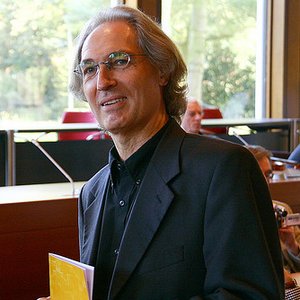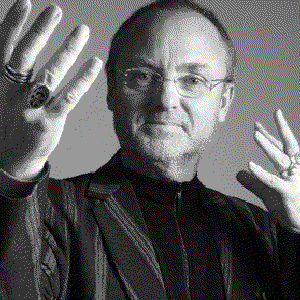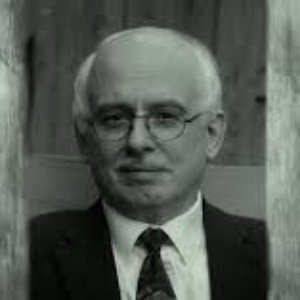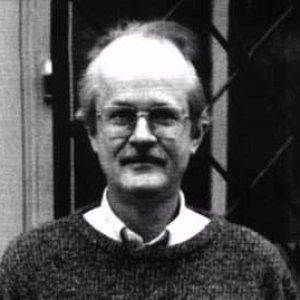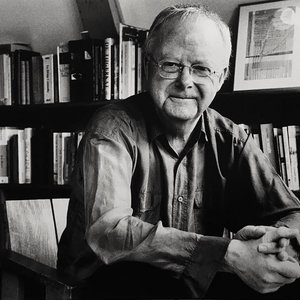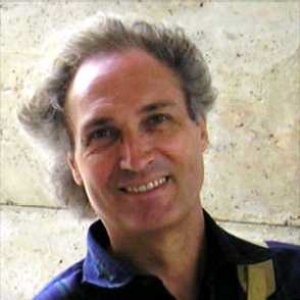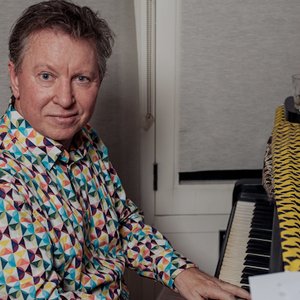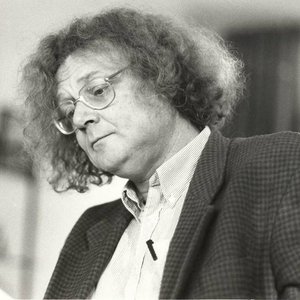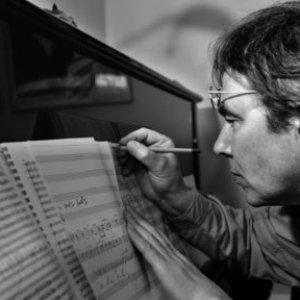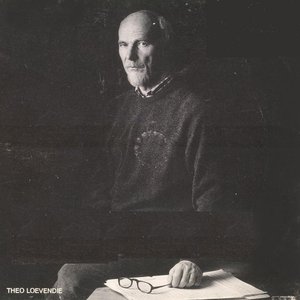Biography
-
Born
15 July 1944 (age 79)
-
Born In
Terneuzen, Zeeland, Netherlands
Klaas de Vries (born 15 July 1944) is a Dutch composer. De Vries taught composition at the Rotterdam Conservatory until his retirement in 2009.
Klaas de Vries was born on 15 July 1944 in Terneuzen, in the province of Zeeland in the Netherlands. From 1965 to 1972 he studied piano, theory and composition on the conservatory of Rotterdam. He continued studying composition from 1972 at the conservatory of The Hague with the Dutch composer Otto Ketting, winning the composition prize there in 1974. After winning this prize de Vries studied with the Croatian composer Milko Kelemen in Stuttgart, Germany. de Vries won the Matthijs Vermeulen Award twice: in 1984 for his work discantus (1982) and in 1998 for his opera A King, Riding and the Interludium for string orchestra (1996).
From 1972 to 1981 de Vries started to teach theory at the former conservatory of Twente, and he was appointed as a lecturer in theory, instrumentation, and composition at the conservatory of Rotterdam in 1979. Among his many students at this school, today also known as the Rotterdam School, are Thorkell Atlason, Antonio Pinho Vargas, António Chagas Rosa, Oscar van Dillen, Andreas Kunstein, Sergio Luque, César de Oliveira, Juan Felipe Waller, Philemon Mukarno, Astrid Kruisselbrink, Florian Magnus Maier, Felipe Perez Santiago, Joey Roukens, Edward Top, Jian-Hua Zhuang, Evrim Demirel, Gerda Geertens and Rob Zuidam. De Vries gave master classes in Brussels, Paris, Manchester, Porto, Moscow and San Francisco.
In the 1970s de Vries got involved in the organization of the STAMP-concerts, in cooperation with Theo Loevendie. Since the 1980s de Vries got involved in the organization of the STAMP-concerts, in cooperation with Theo Loevendie. Since the 1980s de Vries has also been active, together with the composer Peter-Jan Wagemans, in the organization of the Unanswered Question foundation. This foundation concentrated on performing the works of the composition departments of the conservatories of Rotterdam, Amsterdam, The Hague and Utrecht.
The compositions of de Vries are being performed, among others, by the Rotterdam Philharmonic Orchestra, the Royal Concertgebouw Orchestra and the ASKO Ensemble.
From his studies with Otto Ketting De Vries developed a fascination for Stravinsky, Bartók and Berg. Stravinsky is the largest influence for The Hague school of composers: The Hague school can be characterized by the usage of collage-like harmonic blocks, a way of composing associated with composers as Louis Andriessen. Although getting to compositional maturity in this surrounding, it did not take long for de Vries to realize the limitations of this style. Nevertheless, de Vries continued to use an anti-romantic approach to musical writing, shared with The Hague school (Oskamp 11-29).
Another technique learned from Otto Ketting is serialism, though this never really fascinated him (Schneeweisz 8). Apart from one work, namely Refrains (1968) for two piano's and orchestra, he never felt comfortable using serialistic techniques. He was to abandon this approach quickly (Oskamp 123).
De Vries' further influences came from the music of Varèse, Charles Ives and improvised music (Schneeweisz 8-9). From these composers he learned an open-mindedness towards musical composition, which made him able to follow his own musical path.
De Vries' compositions can be described as a search for an own musical identity, the main goal being the creation of a style of writing in which he can be freed from given compositional necessities. The music of Berio influenced him to abandon The Hague school style and its static harmonic blocks. In his work bewegingen (English: movements) (1979) he experimented with the usage of fluent transitions and continuity (Oskamp 124).
De Vries puts more focus on his own notes to be convincing themselves, instead of the notes being the result of pre-compositional systems (Schneeweisz 10, 11). In this sense he is highly aware of the fact that it is not possible to entirely envision what effect the written notes will have on a listener. His approach towards composition can be described as speculative (Klis 388-389). To be able to give meaning to his written notes, De Vries turned for instance to the symbolism of Baroque techniques, such as the falling motive to illustrate the idea of death. De Vries also turned his attention towards the re-usage of music of the past (Wenekes 30), as exemplified by his Organum (1971), in which he re-introduced Perotinus' style in a modern setting.
In his works de Vries tries to create a balance between structure and expression. One thing evolves from the other. Not just individual elements or sequences, but whole works (Schneeweisz 11-12).
In his quest for finding new ways of expression in his music de Vries also turned to literature. In his chamber opera Eréndira (1984) he uses the novel of Gabriel García Márquez. Together with the usage of instruments as the mandolin and guitar, this music evokes an exotic atmosphere (Wennekes 28).
De Vries' sonata (1987) for piano solo marks a turning-point which led to an even more important role of extra-musical influences (Schneeweisz 12). The 'sonata' itself is based on the novel Dr. Faustus by Thomas Mann. De Vries is also greatly inspired by the novels of Latin-American authors, especially by the works the Argentine author Jorge Luis Borges. In his works Borges creates a large variety of mysterious repeats form a constantly recurring theme. We can see a similar trend in de Vries' compositional philosophy. As it is not possible to envision entirely the effect of written music on a listener, he or she will discover new facets in a work when subsequently listening to it. It is with this that de Vries tries to play by introducing repetition and variations on musical elements, bringing him close to the philosophy of the Argentine author (Klis 390).
Borges' idea to create alternative histories in his novels highly fascinates de Vries. In his trilogy De profundis, …sub nocte per umbras…, Diafonía (1988–1991), de Vries reconstructs the past. The …Sub nocte per umbras… (1989) deals with an alternative reconstruction of music from the antiquity. Diafonía (1988–1989) deals with a re-invention of folk music. The last work of the three, De profundis (1991) de Vries combines musical material from the first two works (Oskamp 122).
A further source of inspiration is the Portuguese author Fernando Pessoa, whose poems de Vries uses regularly. Pessoa's poem Abdicaçao de Vries is used by de Vries for his work Abdicaçao (1996) for a cappella choir. This and other poems return in his opera A King, Riding (1996) (Wenekes 28).
De Vries' also works closely together with authors. His opera Wake (2010) is based on the Enschede fireworks disaster in 2000, when a firework storage facility exploded and devastated an entire part of the city. The libretto is written by the English author David Mitchell in close cooperation with de Vries. The title of the opera is an allusion to Finnegans Wake by the Irish novelist James Joyce (NPSpodium, Wind).
Artist descriptions on Last.fm are editable by everyone. Feel free to contribute!
All user-contributed text on this page is available under the Creative Commons Attribution-ShareAlike License; additional terms may apply.

